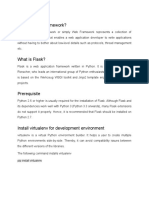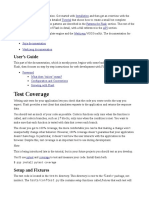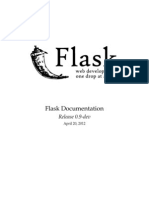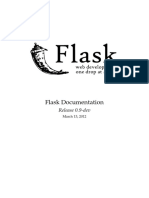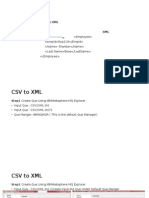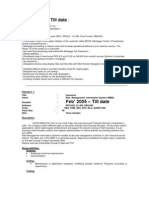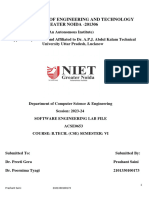0% found this document useful (0 votes)
15 views6 pagesN02 01 Flask Intro
This document serves as an introductory guide to creating a Flask application, covering essential concepts such as the Flask constructor, decorators, and routing. It outlines the directory structure for organizing files and provides a step-by-step process for creating and testing a simple web application. Additionally, it explains the benefits of using the Flask framework and includes definitions for key terminologies related to web development.
Uploaded by
Savage AssassinCopyright
© © All Rights Reserved
We take content rights seriously. If you suspect this is your content, claim it here.
Available Formats
Download as PDF, TXT or read online on Scribd
0% found this document useful (0 votes)
15 views6 pagesN02 01 Flask Intro
This document serves as an introductory guide to creating a Flask application, covering essential concepts such as the Flask constructor, decorators, and routing. It outlines the directory structure for organizing files and provides a step-by-step process for creating and testing a simple web application. Additionally, it explains the benefits of using the Flask framework and includes definitions for key terminologies related to web development.
Uploaded by
Savage AssassinCopyright
© © All Rights Reserved
We take content rights seriously. If you suspect this is your content, claim it here.
Available Formats
Download as PDF, TXT or read online on Scribd
/ 6
